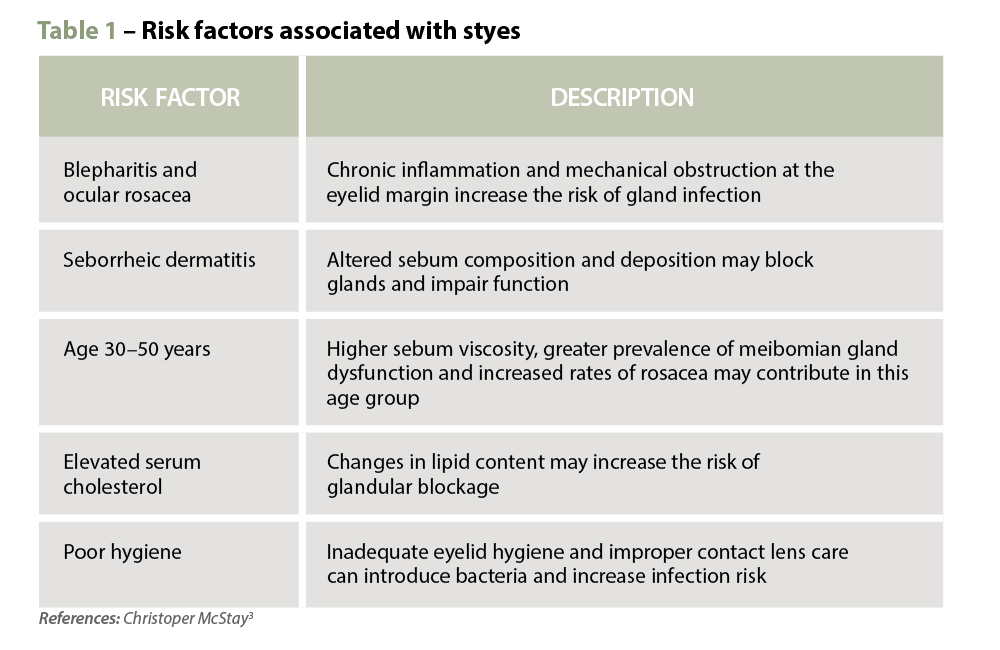Despite an increase in anticonvulsant use for back and neck pain recently – an increase of 535% in the last 10 years – researchers have found such medicines are ineffective for low back or lumbar radicular pain.¹
A systematic meta-analysis compared nine trials using gabapentin, pregabalin or topiramate against placebo to treat patients experiencing low back pain or lumbar radicular pain.¹
Three trials included in the analysis investigated gabapentin compared to placebo for chronic low back pain with or without radiating leg pain. It was found that there was high-quality evidence to support the claim that there was no effect for pain in the short term (pooled mean difference (MD) –0.0, 95% CI –0.8 to 0.7 on a 0- to 10-point numerical pain rating scale).
However, it was also noted that two studies looked at gabapentin below the recommended doses of 1,800-3,600 mg/day.1,2
One trial looked at topiramate compared to placebo for chronic low back pain (with or without radiating leg pain). A small beneficial treatment effect on pain was found in the short term with topiramate.
Four studies in the meta-analysis looked at the efficacy of gabapentinoids (pregabalin or gabapentin) compared to placebo for patients with lumbar radicular pain. High-quality evidence showed in the immediate term there was no effect on pain.
There was also evidence that was of a high- or moderate-quality demonstrating that there was no effect on pain in the intermediate or long-term. One study looked at topiramate for lumbar radicular pain and found it was not beneficial for pain in the immediate term.¹
Adverse events associated with gabapentinoids included drowsiness or somnolence, dizziness and nausea. It was shown that there was an increased risk of adverse effects with gabapentinoids compared to placebo.¹
Potential limitations of the study were identified, including only using a small body of evidence, only having one trial looking at patients with acute symptoms, and some evidence being based on single-trial results.¹
‘We have shown, with mostly high- and moderate-quality evidence, that common anticonvulsants are ineffective for chronic low back pain and lumbar radicular pain, and are accompanied by increased risk of adverse events,’ the researchers said.¹
Read the study here.
References
1. Enke O, New HA, New CH, et al. Anticonvulsants in the treatment of low back pain and lumbar radicular pain: a systematic review and meta-analysis. CMAJ 2018:190(26), E786–E793.
2. Rossi S, ed. Australian medicines handbook. Adelaide: Australian Medicines Handbook; 2018.






 Team PSA 2026: Caroline Diamantis FPS, Prof Mark Naunton MPS and Bridget Totterman MPS[/caption]
Team PSA 2026: Caroline Diamantis FPS, Prof Mark Naunton MPS and Bridget Totterman MPS[/caption]
 A/Prof Fei Sim and Prof Mark Naunton[/caption]
A/Prof Fei Sim and Prof Mark Naunton[/caption]

 Clinical features
Clinical features  Warm compresses are the cornerstone of treatment, helping to soften the lesion, bring pus to the surface and encourage spontaneous drainage. A clean face cloth soaked in warm (not hot) water should be applied to the closed eyelid for 2–5 minutes, twice daily during the active phase. Once the stye begins to drain, any discharge should be gently wiped away using a clean, warm washcloth. After resolution, continuing warm compresses once daily may help prevent recurrence.2
Warm compresses are the cornerstone of treatment, helping to soften the lesion, bring pus to the surface and encourage spontaneous drainage. A clean face cloth soaked in warm (not hot) water should be applied to the closed eyelid for 2–5 minutes, twice daily during the active phase. Once the stye begins to drain, any discharge should be gently wiped away using a clean, warm washcloth. After resolution, continuing warm compresses once daily may help prevent recurrence.2 







